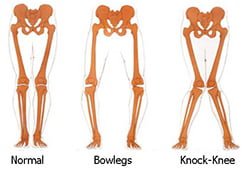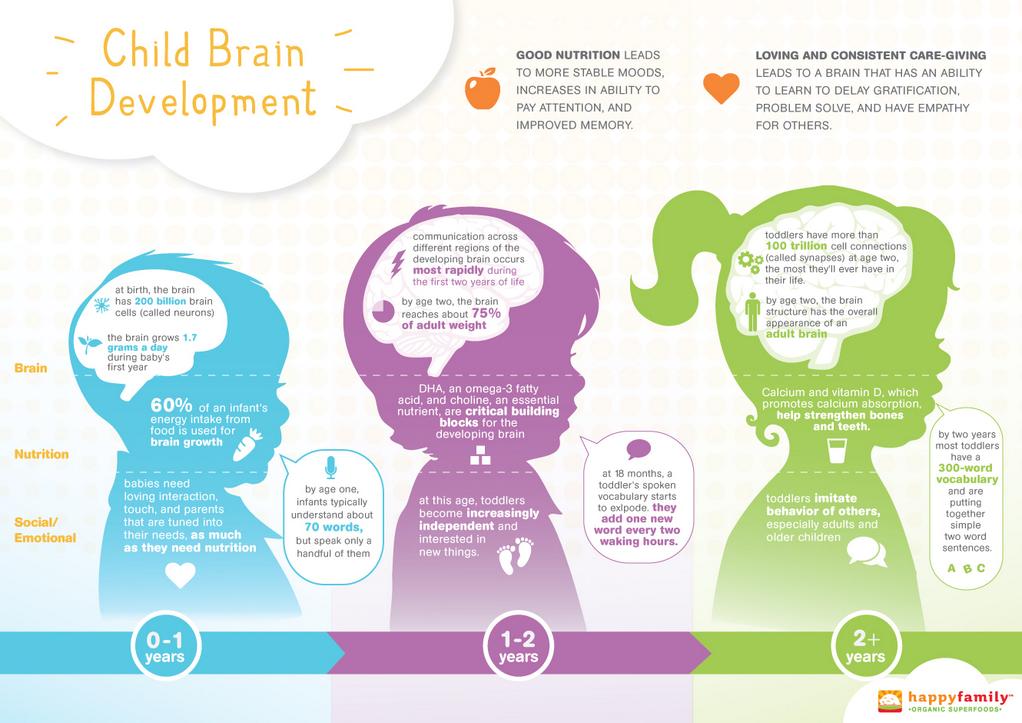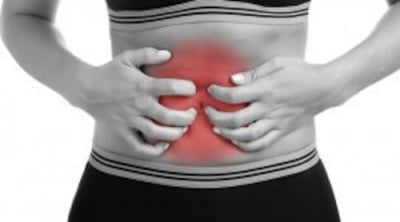Bowlegs
This is a condition when your legs are bowed out. This means that your knees are apart one from other. If your knees are apart when your ankles are together, then this situation is known as bowlegs. In many cases there is an underlying disease which is reason why people are having bowlegs. There are many causes which are reason for this disease. Also there are many natural treatments, but also many medications and surgeries which are can be used as treatment for this disease. In the most cases this disease appears in infants because they are having cramped position in the mother’s womb [1]. But this part of people is not having need of surgery. When people are having babies they should not be worried about the legs of their babies because they are straightening when they are starting to walk and this usually is happening in the period between twelve and eighteen months. In many cases this is not serious problem and in many cases there are no side effects. But if your baby has bowleg after they are 2 years old, then you should be worried. In this case you must visit your doctor. This kind of disease is also known as genu varum. You should give your children Vitamin D and calcium because these elements can prevent from bowlegs. [2] Also you should care about the weight of your children because obesity children are having the biggest chances to get bowlegs. [3]
Symptoms of bowlegs
When people are suffering from normal bowlegs, then this condition is improving. But before babies start to walk they are usually having bowlegs. If this condition is continuing after they are two years old, then this is serious situation. You will need to ask about medical care. What is important to be known for this disease is that bowlegs are not contagious.
Causes of bowlegs: Here are some causes of this disease:
- Lead poisoning
- Bone fractures that have not healed properly [4]
- Fluoride poisoning [5]
- Abnormally-developed bones which is also known as bone dysplasia
The most possible causes for bowlegs: There are also other causes of this disease, not just the mentioned such as
- Dwarfism: The reason which is leading to this disease is achondroplasia. This disease is happening when your legs are not growing normally and in some period this disease is developing in bowlegs. [6]
- Rickets: If you have long period Vitamin D deficiency, then you are having a condition which is known as rickets. When you are not having normal levels of this Vitamin, then your bones and weak and soft which is resulting in bowlegs. [7]

- Paget’s disease: When people are suffering from this disease, then they are having negative effects when their bones are breaking down and also negative effects in the way in which they are rebuilding. Because they are having problems with their rebuild, they are having risk getting bowlegs. This is possible because when their legs are broken and they had rebuilt, they are not strong as they were before. This is not just a reason for bowlegs, but also people can have problems with their joints. Paget’s disease is most common in people who are old because they are not having quick rebuild process. But if people want to prevent this disease to affect them, then they should have constant medical care which can tell them if they are having this disease or not. [8]
- Blount’s disease: Tibia vara or also known as Blount’s disease is condition when the shin of the children is not developing normally and in this disease their shin is curved below their knees. When your babies are starting to walk, then they are having worse condition of their bowlegs. This condition can be easily seen in children or it can be difficulty seen in older children when they are in their adolescence years. When people are having this kind of this disease, then they are not just having bowlegs but also they are having problems with their knee joints. This kind of disease is common in obese children, females and African-Americans. Children who are beginning to walk early are having the biggest risk getting bowlegs. When children are between eleven and fourteen months of their ages, they should start walking normally without help. But if your kid is walking below this period, then you should talk with your doctor. [9]
Above are some of the few facts on Bowlegs.
References:
[1] Boston Children’s Hospital. Bowlegs. Retrieved from www.childrenshospital.org/conditions-and-treatments/conditions/b/bowlegs
[2] Chibuzor MT, Graham‐Kalio D, Meremikwu MM, Adukwu JO. Vitamin D, calcium or a combination of vitamin D and calcium for the treatment of nutritional rickets in children. Cochrane Database of Systematic Reviews. 2017;2017(3):CD012581. doi:10.1002/14651858.CD012581
[3] Souza AA, de Moraes Ferrari GL, da Silva Júnior JP, et al. Association between knee alignment, body mass index and physical fitness variables among students: a cross-sectional study. Revista Brasileira de Ortopedia (English Edition). 2013;48(1):46-51.
[4] Espandar R, Mortazavi SM, Baghdadi T. Angular deformities of the lower limb in children. Asian Journal of Sports Medicine. 2010;1(1):46–53.
[5] Genu valgum due to fluoride toxicity. Nutrition Reviews. 1975;33(3):76-7. https://doi.org/10.1111/j.1753-4887.1975.tb06023.x
[6] Ain MC, Shirley ED, Pirouzmanesh A, et al. Genu varum in achondroplasia. Journal of Pediatric Orthopaedics. 2006;26(3):375-9. doi:10.1097/01.bpo.0000203013.04272.b6.
[7] Bishay SNG, El-Sherbini MHA, Azzam AA, Lotfy AA. Incidence and risk factors of rachitic genu varus in preschool children in a Paediatric Health Institute in Egypt as one of the developing countries. The Open Orthopaedics Journal. 2016;10:412–9.
doi:10.2174/1874325001610010412
[8] Shaker JL. Paget’s disease of bone: A review of epidemiology, pathophysiology and management. Therapeutic Advances in Musculoskeletal Disease. 2009;1(2):107–25.
doi:10.1177/1759720X09351779
[9] Montenegro NB, Ferreira Massa BS, de Angeli LRA. Management of infantile blount’s disease with molded orthoses: A new perspective. Acta Ortopédica Brasileira. 2016;24(2):85–9.
doi:10.1590/1413-785220162402153725




